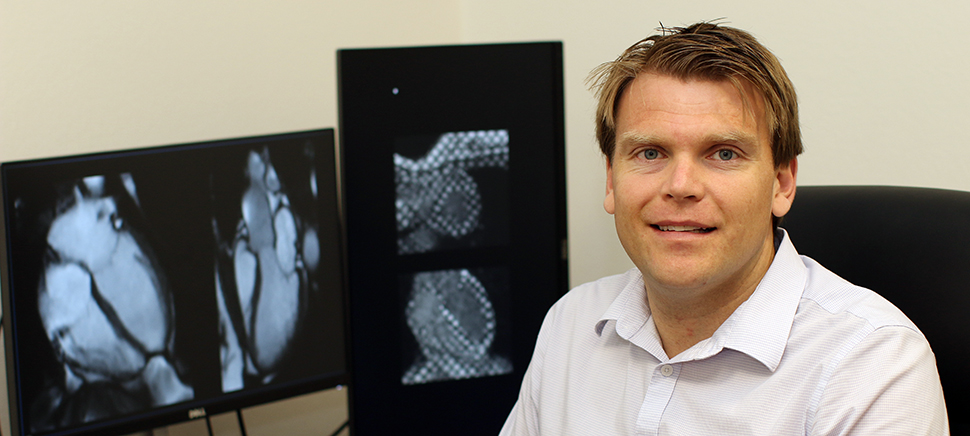CORONARY MICROVASCULAR DYSFUNCTION CAN BE DIFFICULT TO DIAGNOSE
An assistant professor at the University of Texas at Arlington has received a $308,000 award from the Dallas-based American Heart Association to study the root causes of a heart condition that damages small coronary arteries in women.
In a news release, the university said that the grant to Michael Nelson is for a four-year study of coronary microvascular dysfunction, a disease that affects the walls and inner linings of tiny coronary artery blood vessels that branch off from larger coronary arteries, according to the American Heart Association.
Nelson said there are 2 to 3 million women in the United States with the disease, and that it doesn’t just affect women.
“Yes, this condition can affect men, it is just far more common in women,” he said.
He said there are 100,000 new cases projected yearly, which he said places “CMD prevalence, morbidity, and costs higher than all female reproductive cancers combined.”
Nelson is an expert in integrative human physiology, and he joined the university’s College of Nursing and Health Innovation in January. He also is adjunct professor of bioengineering and a visiting faculty scientist at Cedars-Sinai Medical Center in Los Angeles, California.
Diagnosis of coronary microvascular dysfunction often is elusive for cardiologists, Nelson said, because they have traditionally relied on major blockages of blood vessels to indicate a treatment plan.
Symptoms of the condition often included chest pain, shortness of breath and fatigue.
“Our previous research has shown that the heart muscle doesn’t relax properly in these women.” – Michael Nelson
“Our previous research has shown that the heart muscle doesn’t relax properly in these women. We have also found that these women are prone to developing heart failure. Unfortunately we don’t understand why,” Nelson said in a release. “Our hypothesis is that the impaired relaxation of the heart is directly related to coronary microvascular dysfunction and contributes to the progression of heart failure.”
He said that most women with the condition often have several things in common as risk factors. Those include diabetes, hypertension and obesity.
Anne Bavier, dean of the the College of Nursing and Health Innovation, said that heart disease is the leading cause of death for U.S. women, with 1 in 4 deaths attributable to it.
“The outcome of this study could go a long way toward saving the lives of hundreds of women and improving the quality of life of millions of others,” she said.
MRI TECHNOLOGY WILL BE USED IN HEART STUDY
According to the release, Nelson and his team will use MRI to test the theory that coronary microvascular dysfunction is directly related to impaired heart relaxation.
Thirty individuals will be involved in the study, the university said, with have of them having the condition, and the other half being age and gender-matched controls.
UTA said that he is working with several cardiologists in the area to recruit subjects, and that the study will take place at the Advanced Imaging Research Center on the University of Texas Southwestern campus.
That center is owned by UTA, UT Southwestern Medical Center and the University of Texas at Dallas.
According to its website, the American Heart Association devoted 19.3 percent of its budget to research.
Photo courtesy The University of Texas at Arlington
For a daily dose of what’s new and next in Dallas-Fort Worth innovation, subscribe to our Dallas Innovates e-newsletter.

































